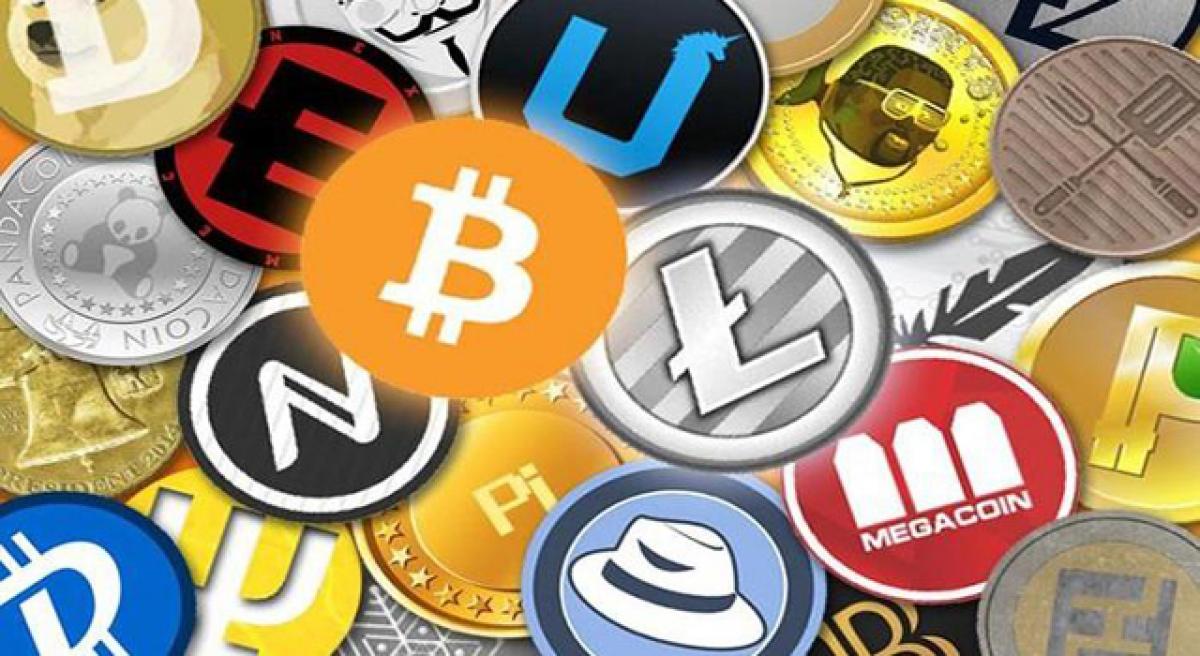Live
- Revanth Reddy counters Harish Rao's resignation episode, says it is not in speaker format
- South Korean health officials call for vaccine over spike in whooping cough cases
- Priyanka talks about her docu ‘Womb’: Rallying call to action for women
- Court extends Manish Sisodia's judicial custody till May 8 in ED case
- Captivating performance by disciples of Guru Ananda Shankar Jayant
- 91 pc of Indian firms will use half or more data to train AI models
- Innovative cyber security program for engineering graduates
- Indian-origin researcher unravels link between depression and heart disease
- The importance of technology education schools
- New Delhi: Will severe heat wave affect polling tomorrow?









